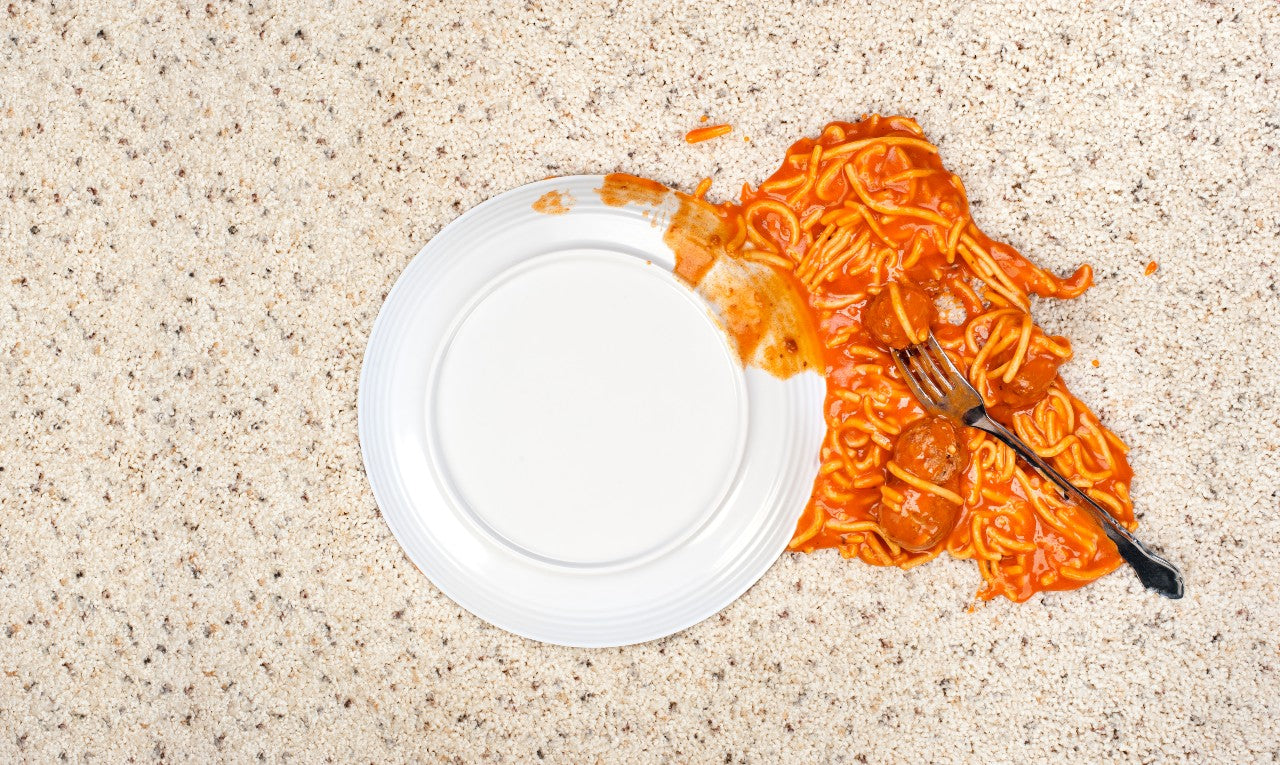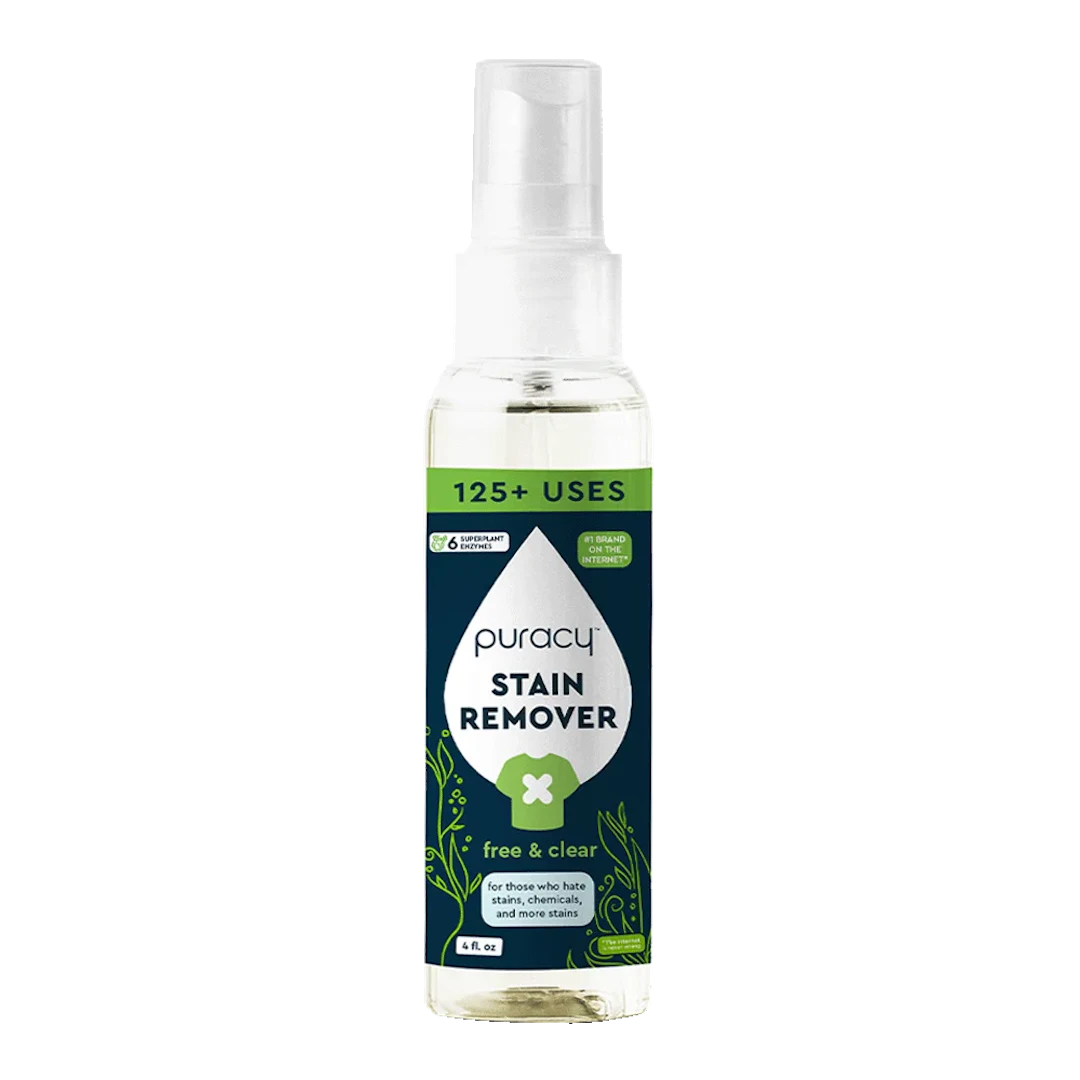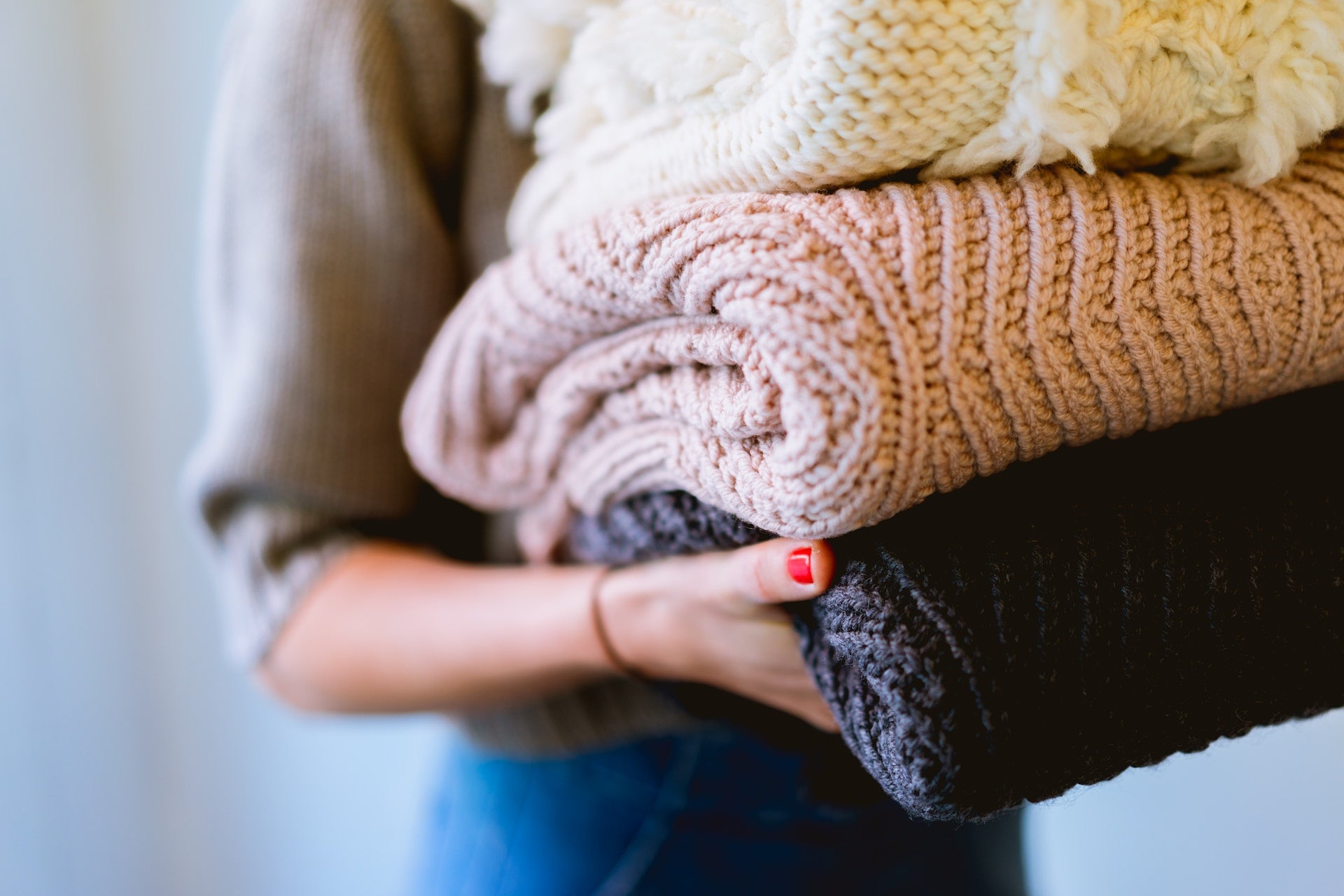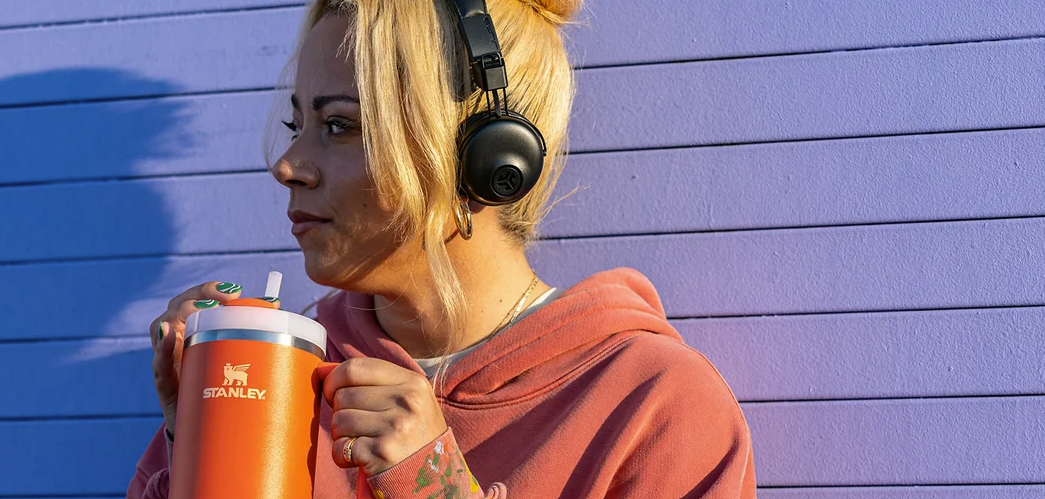
How to Remove Food Stains on Clothes, Carpets & More
Alright, picture this: you're savoring that delicious pasta, and then oops, a splash of tomato sauce finds its way to your favorite shirt. Don't fret! We've got your back with this ultimate guide on removing food stains.
What You’ll Need:
Before we embark on this stain-removing journey, let's gather our weapons of choice:
- Natural stain remover
- Dishwashing soap
- White vinegar
- Baking soda
- Clean cloth or sponge
- Cold water
- Rubbing alcohol
- An old toothbrush
How to Remove Food Stains Out of Clothes:

- Coffee and Tea:
Ah, the morning rituals. For coffee or tea stains, act quickly! Dab the stain with cold water and a bit of dish soap. Rinse and repeat until the stain surrenders.
- Tomato:
The arch-nemesis of pristine clothing. Apply cold water, followed by a mix of vinegar and water. Blot, wash, and voilà – tomato stain conquered.
- Chocolate:
Got a chocolate smudge? Scrape off excess, blot with cold water, and launder. For stubborn stains, a mix of dish soap and cold water does wonders.
- Gum:
Gum on your clothes? Freeze it with an ice pack, then scrape off. A bit of dish soap helps melt away any residue.
- Ink:
Ink stains be gone! Dab with rubbing alcohol, rinse, and launder. Remember to check the care label before applying alcohol.
- Mud:
Let mud dry, then brush it off. Pre-treat with a mix of vinegar and water, wash, and bid farewell to muddy memories.
- Mustard:
Mustard mishap? Scrape off excess, dab with cold water, and apply a mixture of dish soap and vinegar. Wash, and that yellow stain won't stand a chance.
- Soy Sauce:
For soy sauce spills, blot with a clean cloth, rinse with cold water, and tackle any residue with a mix of dish soap and water.
- Oil:
Grease stains are tricky. Sprinkle baking soda on the stain, let it sit, then wash. Repeat until the stain surrenders.
- Wine:
Spilled wine? Blot with a clean cloth, sprinkle salt to absorb, and rinse with cold water. Wash and enjoy your merlot – sans stains.
- Fruits:
Fruity fiasco? Rinse immediately with cold water, then wash. Pro tip: Sunlight can help lift stubborn fruit stains.
Pro Tips for Clothes:
- Act swiftly; stains are less formidable when fresh.
- Always check the care label before using any cleaning agent.
- Test a small, inconspicuous area first to avoid unintended consequences.
How to Remove Food Stains Out of Carpet:

Carpet casualties? Fear not! Just be sure to act fast and blot the stain with a clean cloth. Mix vinegar and water, blot again, then sprinkle with baking soda. Vacuum once dry.
Pro Tip: A dab of hydrogen peroxide on stubborn stains can work wonders.
How to Remove Food Stain Out of Baby Clothes:

Babies are adorable but can be messy. Here's how to combat those baby-related stains:
- Formula Stains:
Pre-treat formula stains with dish soap, then wash. Simple, right?
- Breast Milk Stains:
Dab the stain with cold water, then wash with baby-safe detergent. Sunlight can be a natural stain-fighter too.
- Old Stains:
Old stains, meet your match! Soak the garment in a mixture of vinegar and water before laundering.
Pro Tips for Baby Clothes:
- Use baby-friendly detergents to protect delicate skin.
- Opt for natural stain removers to avoid harsh chemicals.
- Always wash baby clothes separately to prevent cross-contamination.
How to Remove Food Grease Stains:

Grease, the nemesis of clean clothes. But fear not, we've got strategies for every fabric:
Cotton and Polyester:
Sprinkle baking soda on the stain, then wash. For extra oomph, add vinegar to your wash cycle.
Wool, Knits, & Other Delicates:
For delicate fabrics, blot with a clean cloth, then apply talcum powder. Let it sit, then gently brush off. Dry clean for wool.
Shirts & Pants:
Dish soap to the rescue! Apply and let it sit for a bit before washing.
Leather:
Leather needs love too. Dab grease with a clean cloth, then sprinkle cornstarch. Let it sit, then wipe clean.
Linen:
Linen and grease aren’t friends. Blot with a clean cloth, sprinkle baking soda, and wash promptly.
Silk:
Silk is delicate. Blot with a clean cloth, then apply cornstarch. Leave it for 15 minutes, then brush off gently.
Suede:
Suede demands care. Blot with a clean cloth, sprinkle cornstarch, let it sit, and brush off gently.
Pro Tips for Grease Stains:
- Act fast to prevent the grease from setting.
- Always check fabric care instructions before attempting any cleaning method.
- When in doubt, consult a professional cleaner.
How to Remove Food Stain Out of Upholstery:

Wait, what? Upholstery can't escape the stain battle either! Fear not, brave warrior.
- Act Swiftly: Blot the stain with a clean cloth. For fabric upholstery, mix dish soap with cold water and gently dab. For leather, a damp cloth will do the trick.
- Persistent Stains: Some stains are relentless. Mix hydrogen peroxide with a drop of dish soap for a fabric upholstery rescue mission.
Pro Tip for Upholstery: Always test cleaning agents in an inconspicuous spot to ensure they don't cause more harm than good.
How to Remove Food Stains from Plastic Containers:

Even Tupperware isn't immune to the aftermath of a spaghetti explosion. Here's your battle plan:
- Scrub-a-dub-dub: For stubborn tomato sauce stains, mix baking soda with water to form a paste. Scrub the container, rinse, and embrace the victory.
- Garlic and Onion Residue: Lemon juice is your ally. Squeeze some onto the stained area, let it sit, and wash as usual. Farewell, garlicky ghosts!
Pro Tip for Plastic Containers: Use white containers to avoid potential color transfer from stained foods.
How to Remove Food Stains from Wooden Surfaces:

Wooden surfaces aren't safe from the food stain ambush either. Fear not, we've got the solution.
- Lemon Power: For water rings or citrusy stains, mix equal parts lemon juice and baking soda. Apply, rub gently, and wipe away the evidence.
- Greasy Marks: Olive oil isn't just for salads. Mix it with salt to create a natural abrasive cleaner for greasy stains. Wipe, marvel, and enjoy the pristine wood.
Pro Tip for Wooden Surfaces: Regularly wax or seal wooden surfaces to create a protective barrier against future stains.
How to Remove Food Stains from Stainless Steel:

Stainless steel – sleek and modern but prone to fingerprints and stains. Time to restore that shine!
- Dish Soap: Mix a few drops of dish soap with warm water. Wipe the stained area with a soft cloth, then rinse and dry. Stainless steel, meet your match!
- Vinegar: For tougher stains, mix vinegar with baking soda to form a paste. Apply, scrub gently, and watch the stainless steel sparkle.
Pro Tip for Stainless Steel: Always wipe in the direction of the grain to maintain that polished look.
Further Tips in Removing Food Stains

Timing is Everything:
Strike while the stain is fresh. The longer it lingers, the tougher the battle becomes.
Fabric Check:
Always inspect the fabric care label before unleashing your stain-fighting tactics. Not all fabrics are created equal.
Sunlight Magic:
Harness the power of sunlight. It's a natural stain-fighting ally, especially against fruit stains and baby-related mishaps.
Consistency is Key:
Repeat stain removal methods if needed, but with caution. Overzealous efforts may damage delicate fabrics.
Cold Water Matters:
Hot water can set stains, especially protein-based ones like milk. Opt for cold water for the initial battle.
Patience is a Virtue:
Let cleaning agents sit for a bit before scrubbing or blotting. It gives them time to work their magic.
Say No to Scrubbing Fury:
Vigorous scrubbing can damage fibers and spread the stain. Opt for gentle, circular motions.
Hydrogen Peroxide in a Pinch:
A gentle dab of hydrogen peroxide is a secret weapon against various stains, but use it sparingly.
Test, Test, Test:
Always perform a patch test in an inconspicuous area before applying any cleaning agent to avoid unintended consequences.
Professional Backup:
When in doubt or dealing with precious garments, consult a professional cleaner. Sometimes, they're the stain whisperers we all need.


























